Small businesses or hospitals often let guests use their wireless networks for free without a captive portal solution. This could hurt both your end users and your business in many ways. Putting in place a captive portal will become an essential part of your overall business strategy, from legal concerns to your bottom line. A captive portal is an integral part of your guest wireless network for three main reasons.
Making A Profile For Your Online Business
Today, pretending to be a real wireless network is one of the easiest ways hackers steal information. It’s crucial for end users to correctly identify the network they are connecting to in public places like coffee shops or hospitals. Failure to do so can make them vulnerable to hackers who can easily obtain their personal information once they connect to a fake network.
Someone is setting up a similar wireless network nearby. It might even be called “free public wifi” or something like that. If you go to Starbucks again, look around for accessible wifi networks. There’s a good chance someone nearby is trying to steal your information.
If you’re having trouble setting up a wireless network for guests, let them know. Create a logo page to boost business and connect with customers. Give them a coupon and ask them to follow you on Twitter or Facebook. All of these things are great for your business and may make the price of a guest wifi network valuable.
How To Prevent Lawsuits Against Your Business:
“Open guest access” probably means that you aren’t authenticating users or encrypting data. Users are not protecting the information they send over the wifi network. Advise users against sharing sensitive information like social security or credit card details over your wireless network.
Users should be able to acknowledge that you’re not responsible for any negligent actions on their part. It’s not a secret that the internet is public, right? When you buy internet from a service provider, they give you an IP address. It can be used as a physical address to determine where something occurs.
Companies that want to sue someone for stealing music or movies from your network look for the “Source IP,” which lets them figure out where you are. We’ve been to college campuses where the IT director dealt with a letter of threats from the music business. You don’t want to be a part of it because it can get nasty.
You can make your rules part of the terms of service for Captive Portals and create your guest’s agreement. That will help you avoid being responsible for all of those bad things. Consider using software that filters websites and apps, but that’s a topic for another time.
Tips For Making The User Experience Better With Data
Captive portals can give you and your customers a secure and enjoyable wireless experience. They provide helpful insights to improve your products and services for a better overall customer experience.
One easy way to do this is to let guests use their social login information on your captive portal to connect to your network. In exchange for this alternative, your guests will let you see a lot of social information about them.
Read Also: Apple is considering allowing third-party payment services to access its NFC technology.
For instance, if someone logs in to your captive portal utilizing their Facebook account, you can get information about them, like their age, date of birth, interests, etc. This information can help you tailor experiences based on accurate data for each person. Business intelligence is much bigger than this, but with a simple captive portal, you’re already far ahead of where you think you are.
Conclusion
Captive Portals are gateway pages that control network resource access by requiring a splash page before access. They are commonly used in public wifi settings to help with authentication, payment, and data collection for interaction, advertising, and network management. An effective Captive Portal must be user-friendly, collect valuable data compliant with regulations, integrate with a data store, and offer customization.
Captive Portals help businesses capture data, prevent bandwidth abuse, understand customer behavior, and generate revenue. A Captive Portal requires configuring and customizing a splash page, choosing authentication techniques, protecting guest wifi, and analyzing client information for targeted marketing.




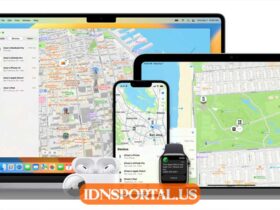


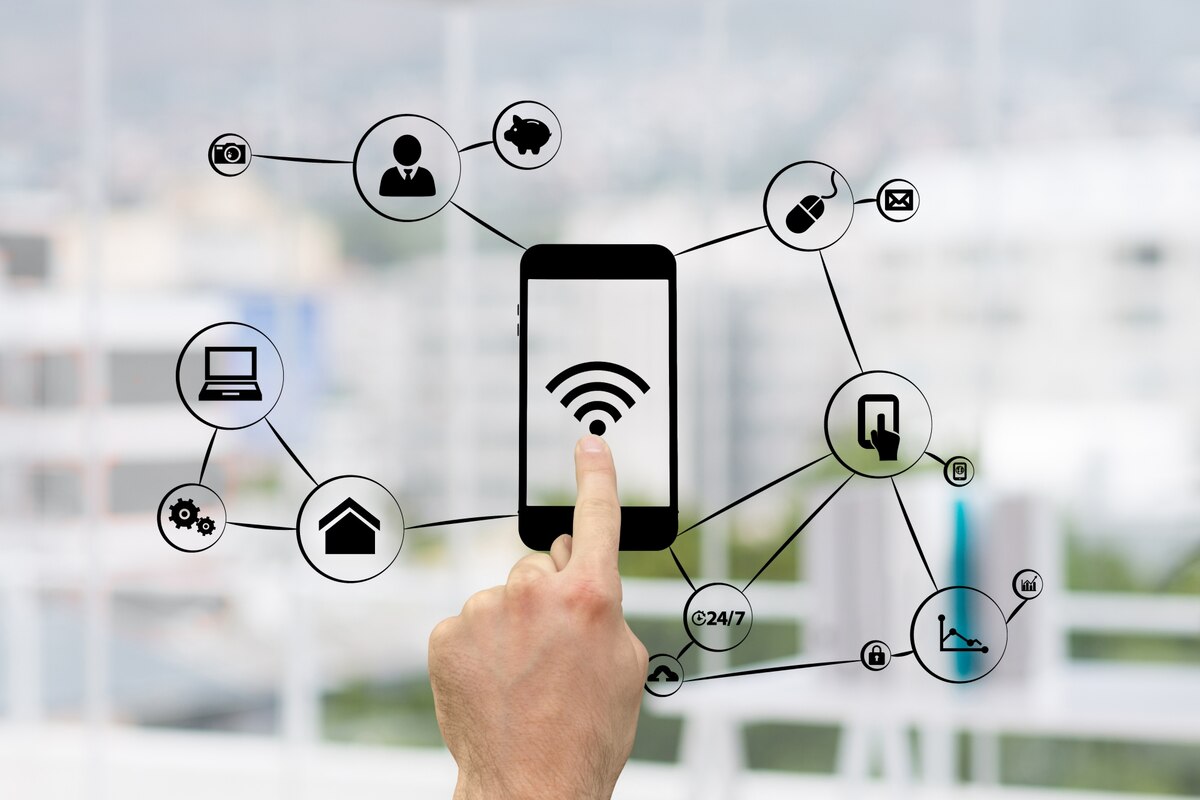
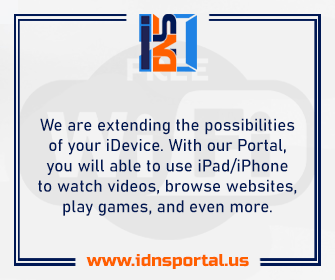

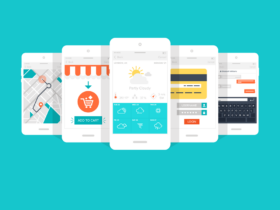

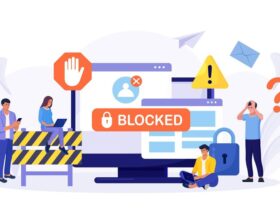
Leave a Reply
View Comments